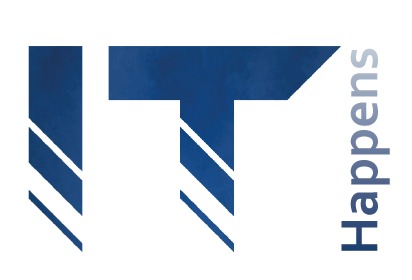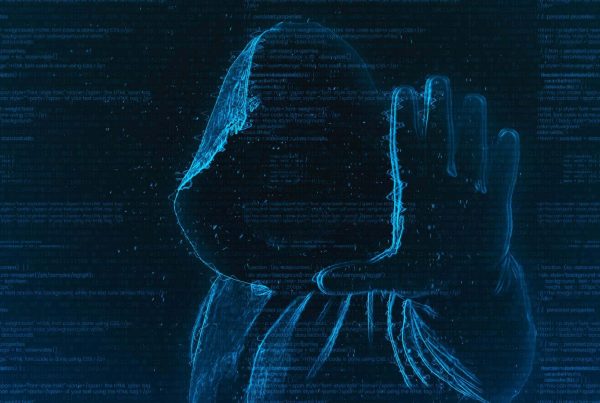Global research1 shows that 71% percent of the population believes that the Dark Web should be shut down. Personal experience shows that the majority of people associate the Dark Web with criminal activities when in reality it also has positive uses. This article discusses both the positives and negatives of the Dark Web.
What is the Dark Web?
The Dark Web is often confused with the Deep Web and, as a result, these terms are regularly used interchangeably. In reality, however, there is a substantial difference between the two terms. One similarity between the Dark and Deep web is that both are not indexed by standard search engines such as Google and Bing and therefore websites are not accessible through search engines. What distinguishes the Dark web from the Deep web is that the content of these websites is encrypted and therefore cannot be accessed with a standard browser.
Onion Routing
Anyone who wants can visit Dark Web websites; however, this requires a special browser. This browser ensures that the encrypted content is decrypted again. The largest and best-known browser is Torwhich, which uses Onion Routing to ensure anonymous communication. Onion Routing is based on two principles; indirect sending of messages and multiple layers of encryption. The exchange of messages between client and server is not done through a direct connection. Messages are delivered to the final destination through several random intermediate stations in the network. In addition, these messages are encrypted in multiple layers. Each intermediate station decrypts a layer, naming the previous and next intermediate station. Because each decrypted layer is removed from the message, it is not possible to identify the sender or receiver of the message. This ensures the anonymity of the sender and receiver of messages because not one intermediate station knows the complete path the message takes.
Originally, the Onion Routing technique originated with the U.S. Navy. The purpose back then was to enable employees to access public Web sites anonymously on the Internet. Today, the U.S. government is one of the biggest backers of the organization behind the Tor browser.
Figure 1: Onion Routing
By far the best-known applications on the Dark Web are Darknet markets. These online marketplaces provide an online platform where buying and selling parties meet. Products and services offered here are mostly illegal, for example; drugs, pharmaceuticals, weapons, counterfeit products, and forged documents. It is estimated that Darknet markets had sales of between $150 million and $180 million in 2015. The majority of the revenue comes from illegal drugs (83.3%), and the remainder comes from pharmaceuticals (14.2%) and non-drug-related products and services (2.5%)2. Except for the offerings, Darknet markets are very similar to traditional E-Commerce websites. For example, products are categorized and search results can be filtered by price or seller rating, among other things. The community plays an important role in rating sellers. These ratings make it clear to prospective buyers which sellers can be trusted and expose scammers. Products are sent by mail in most cases, avoiding physical contact between the buying and selling parties. Payments are made exclusively with digital currency such as Bitcoin, this is to ensure anonymity. To make purchases, buyers must transfer bitcoins to their account which provides access to the Darknet market. One of the risks is that the owner of a Darknet market can suddenly pull the plug and disappear, taking users’ money with them.
The Dark Side of the Dark Web
In addition to the Darknet markets, there are numerous ways in which the Dark Web is used for criminal activities. For example, hackers and terrorists use it for communication and information exchange. In addition, hitmen offer their services, and sites blocked by Internet providers, including child pornography, can be accessed.
The Other Side of the Dark Web
Despite the dark web being related to illegal activities, it appears that half of the domains on the dark web consist of legal content3. However, this says nothing about how frequently the content is visited. For both individuals and organizations, the Dark Web offers opportunities.
Organizations are able to protect personal and sensitive information. This is valuable mainly because many online companies have the right to see files distributed through their services.
The Dark Web is useful for journalists, whistleblowers, and activists in areas without freedom of speech. Several websites have a dedicated page for sharing classified documents. In China and Iran, activists publish articles on human rights violations and share their dissenting opinions. Furthermore, during the Arab Spring, there was a period when communication from Egypt to the outside world was only possible through Tor.
Finally, citizens concerned about their privacy can hide their identity from governments, companies, and Internet service providers. For example, it is possible to bypass personal ads and reach sites blocked by governments, such as Facebook in Turkey. There are also several tools present for anonymous communication and file-sharing tools.
How anonymous is the Dark Web?
The extent to which anonymity is guaranteed remains a question. In 2014, two researchers claimed to have cracked Tor. However, their presentation at a security conference was canceled due to legal reasons. Roger Dingledine, one of Tor’s founders, indicated in a press release that he was taking the vulnerabilities out of the system. Tor’s future remains uncertain. Documents distributed by Edward Snowden reveal that both the NSA and Britain’s GCHQ are making attempts to render the browser unusable or at least remove users’ anonymity.
[1] Center for International Governance Innovation. (2016). 2016 CIGI-Ipsos Global Survey on Internet Security and Trust.
[2] The Economist. (2016, Juli). Shedding light on the dark web. http://www.economist.com/news/international/21702176-drug-trade-moving-street-online-cryptomarkets-forced-compete
[3] Terbium Labs. (2016). Separating Fact from Fiction; the truth about the Dark web.



